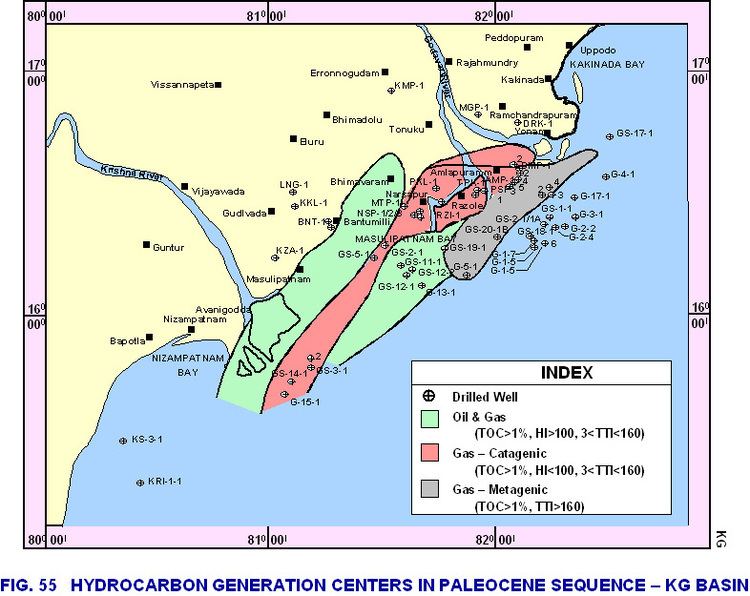 | ||
Krishna-Godavari Basin (Telugu: కృష్ణా-గోదావరి బేసిన్) is a peri-cratonic passive margin basin in India. It is spread across more than 50,000 square kilometres in the Krishna River and Godavari River basins in Andhra Pradesh. The site is known for the D-6 block where Reliance Industries discovered the biggest natural gas reserves in India in 2002.
Contents
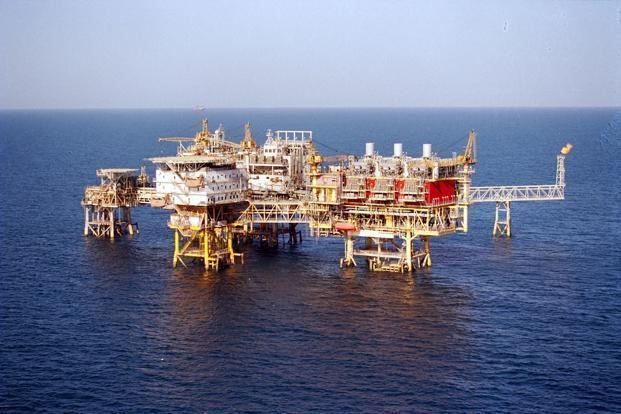
Discoveries
The first gas discovery in the basin was in 1983, in Rajole Well No 1, when ONGC had a small office in Rajahmundry and Narsapur. Since that discovery Reliance and others have joined the exploration effort.
Tight oil and gas reserves
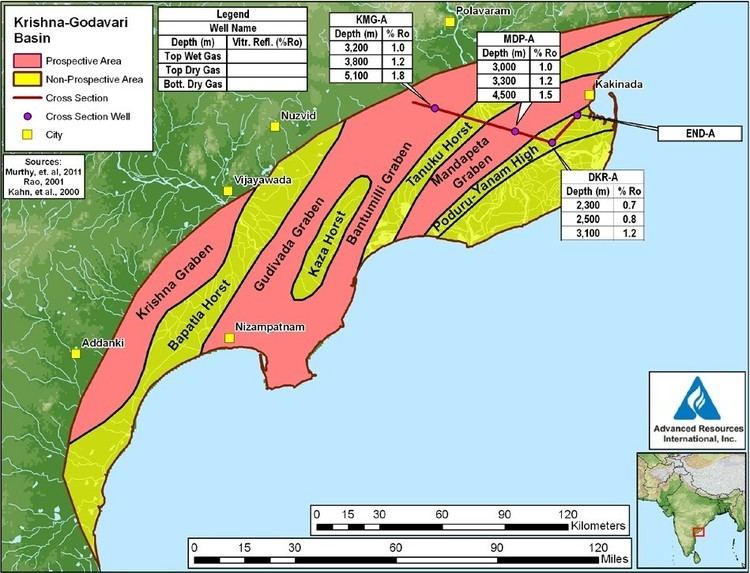
KG inland and offshore basins have good prospects of tight oil and tight gas reserves from the conducted field studies. Most of the conventional wells drilled and operated have a shorter lifespan than envisaged life and with erratic production. This may be due to drilling of conventional wells in tight oil and gas fields without horizontal drilling in the shale rock formations and hydraulic fracturing.
Ecology
The basin is home to Olive Ridley turtles, a vulnerable species.
Projects
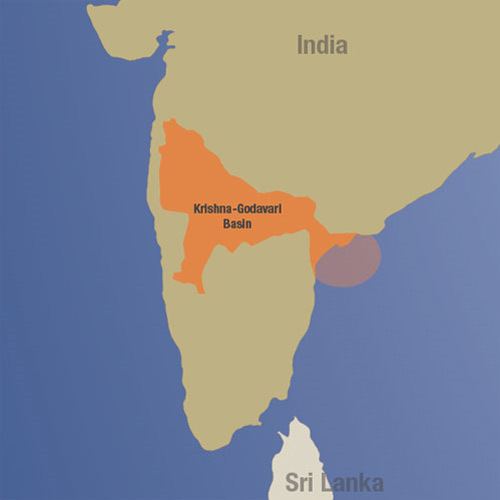
KG-DWN-98/1 (KG-D6) - 8100 km2. The total project is expected to cost $100 billion. 50 km off the coast of Kakinada.
CAG audit
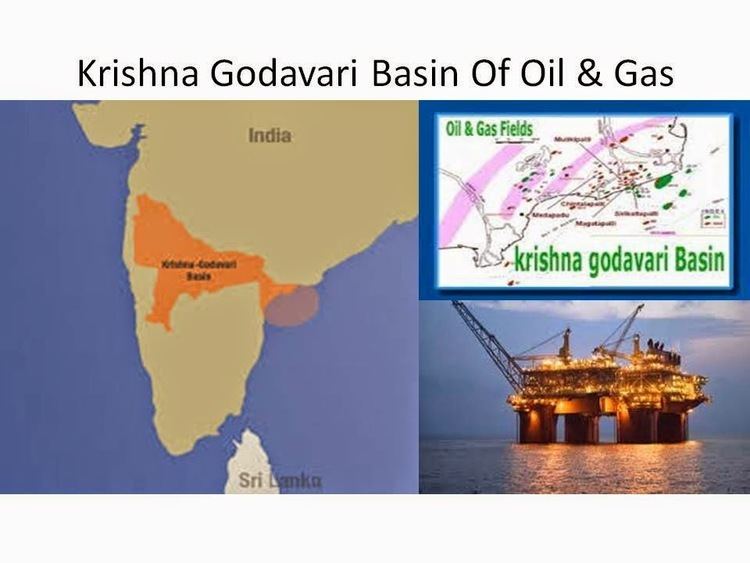
The Reliance Industries Limited (RIL) was supposed to relinquish 25% of the total area outside the discoveries in 2004 and 2005, as per the Production Sharing Contract (PSC). However, the entire block was declared as a discovery area and RIL was allowed to retain it. In 2011, the Comptroller and Auditor General of India (CAG) criticised the Oil Ministry for this decision. The CAG also faulted RIL for limiting the competition in contracts, stating that RIL awarded a $1.1 billion contract to Aker on a single-bid basis.
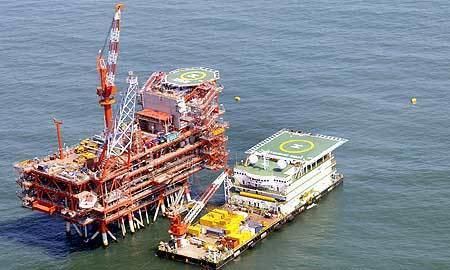
In May 2014, ONGC alleged that Reliance was illegally extracting gas from blocks owned by ONGC in Krishna Godavari Basin.
Gas pricing
Recently, Indian government fixed the natural gas price at producer end (on shore point) as 5.61 US$ per mmbtu on net calorific value (NCV) basis compared to earlier price of 4.2 US$ per mmbtu on gross calorific value basis. However the enhanced price would be applicable only after compensating the shortfall gas in the previous years for the KG basin fields which are under exploration and production contract by Reliance Industries Ltd. The earlier price of 4.2 US$ per mmbtu on gross calorific value (GCV) basis is calculated already at maximum price cap of Brent crude (US$60/bbl) under the applicable formula linking the price of gas per mmbtu (GP) to the price of oil:
GP = 2.5 + (OP – 25) ^0.15
where OP is the annual average Brent crude price for the previous FY, with a cap of USD 60/bbl and a floor of USD 25/bbl. As the annual Brent price has always been above US$60 since 2007, the revised gas price at 5.61 US$ during the year 2014 is in excess of the applicable price by nearly 20%.
